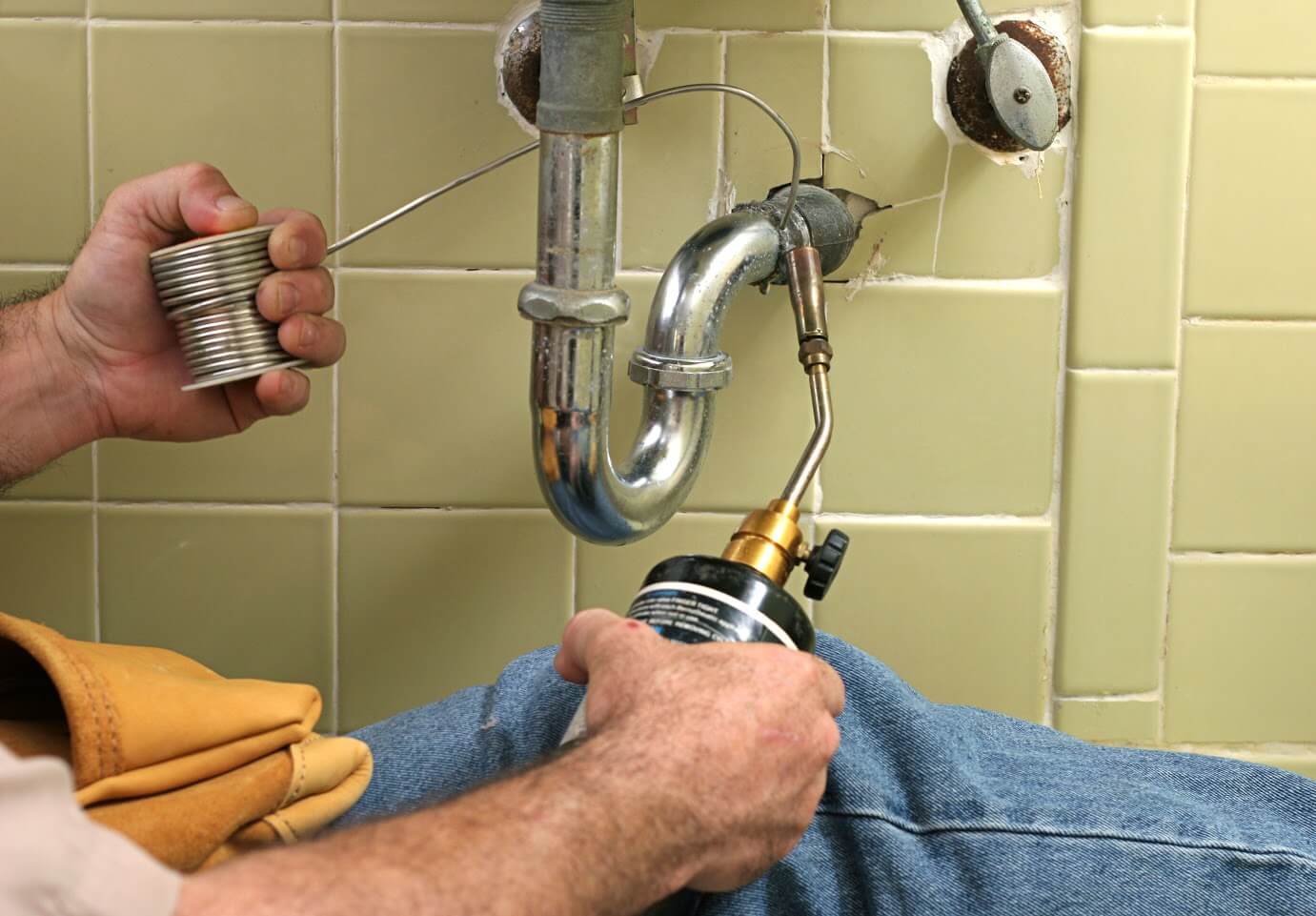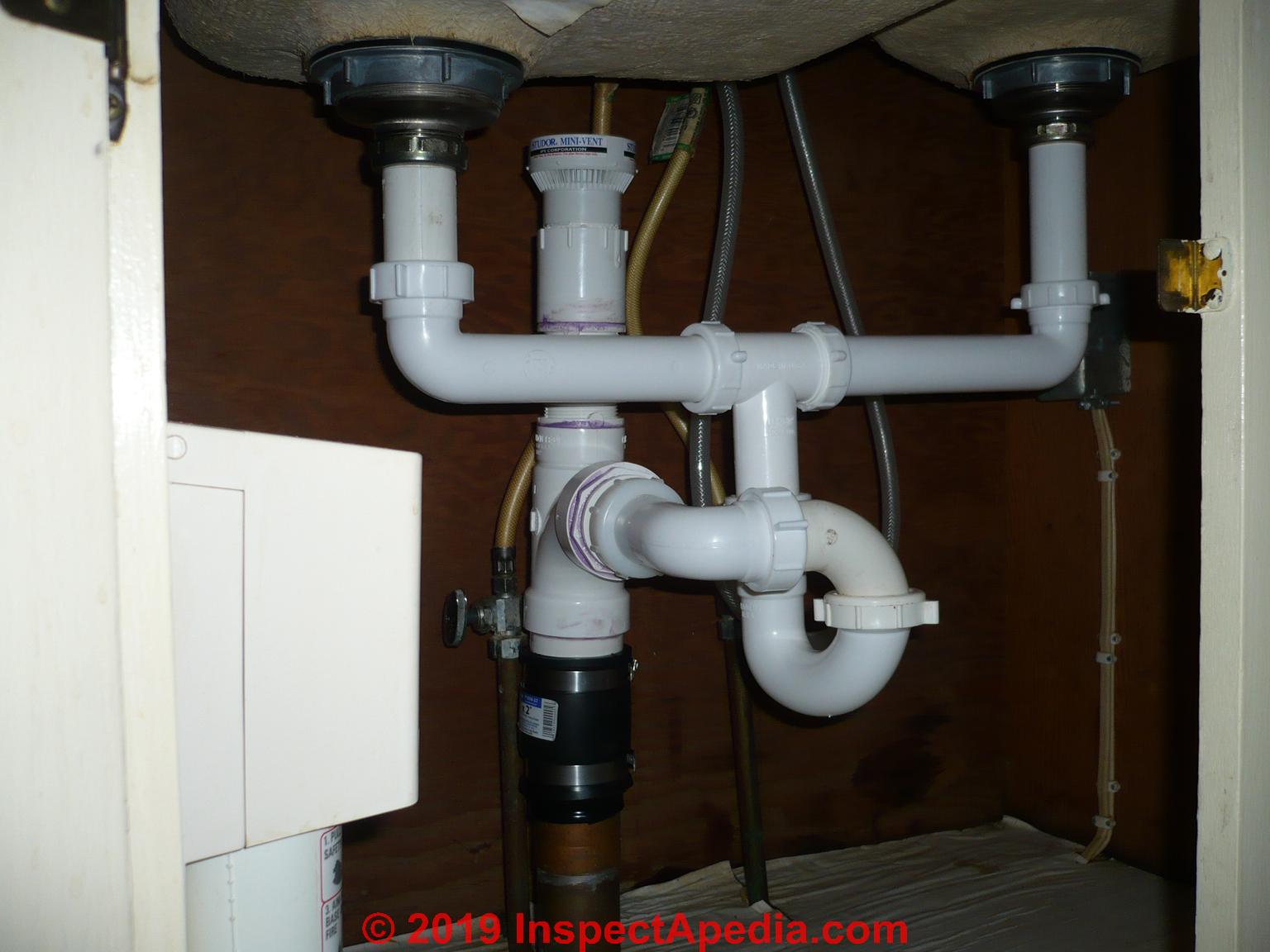How to Change Kitchen Sink Plumbing
Changing the plumbing in your kitchen sink may seem like a daunting task, but with the right knowledge and tools, it can be a simple and cost-effective DIY project. Here's a step-by-step guide on how to change your kitchen sink plumbing and keep your kitchen running smoothly.
DIY Kitchen Sink Plumbing Replacement
Replacing kitchen sink plumbing can save you time and money, as hiring a professional plumber can be expensive. With a little bit of DIY know-how, you can easily replace your kitchen sink plumbing and have it functioning like new in no time.
Step-by-Step Guide for Replacing Kitchen Sink Plumbing
Step 1: Turn off the water supply – Before beginning any plumbing work, make sure to turn off the water supply to your kitchen sink. This can usually be done by turning a valve under the sink or shutting off the main water supply to your home.
Step 2: Remove the old plumbing – Start by disconnecting the supply lines and drain pipes from the underside of your sink. Use pliers to loosen any connections and remove them completely.
Step 3: Measure and cut new pipes – Measure the length and size of your new pipes and cut them to fit. Make sure to leave a little extra length in case of any adjustments that need to be made.
Step 4: Install new pipes – Begin by attaching the new supply lines to the faucet and the shut-off valves. Then, attach the new drain pipes to the sink and the main drain pipe. Use pipe joint compound or Teflon tape on the threads to create a tight seal.
Step 5: Test for leaks – Once all the new plumbing is installed, turn the water supply back on and check for any leaks. If there are any, tighten the connections until the leaks stop.
Tools and Materials Needed for Changing Kitchen Sink Plumbing
To successfully change your kitchen sink plumbing, you will need the following tools and materials:
Tips for Successfully Changing Kitchen Sink Plumbing
Here are some helpful tips to keep in mind when changing your kitchen sink plumbing:
Common Mistakes to Avoid When Changing Kitchen Sink Plumbing
When changing kitchen sink plumbing, it's important to avoid these common mistakes:
Costs and Timeframe for Changing Kitchen Sink Plumbing
The cost and timeframe for changing kitchen sink plumbing can vary depending on the extent of the work and the materials used. On average, the cost can range from $100 to $500 and can take anywhere from 2-4 hours to complete.
Professional vs. DIY: Which is Better for Changing Kitchen Sink Plumbing?
While hiring a professional plumber may be the easiest option, it can also be costly. If you have some DIY experience and the right tools and materials, changing kitchen sink plumbing can be a simple and cost-effective project to tackle on your own.
How to Troubleshoot Common Issues When Changing Kitchen Sink Plumbing
If you encounter any issues when changing your kitchen sink plumbing, here are some troubleshooting tips:
Importance of Properly Changing Kitchen Sink Plumbing for Home Maintenance
Properly changing kitchen sink plumbing is important for maintaining the functionality and efficiency of your kitchen. Leaks or misaligned pipes can lead to water damage and expensive repairs, so it's essential to ensure that your plumbing is in good condition.
With these tips and guidelines, you can confidently change your kitchen sink plumbing and keep your kitchen running smoothly. Whether you choose to hire a professional or tackle the project on your own, a properly functioning kitchen sink is essential for any home.
Why It's Important to Change Your Kitchen Sink Plumbing

The Importance of Maintaining Your Kitchen's Plumbing System
 When it comes to house design, the kitchen is often considered the heart of the home. It's where meals are prepared, memories are made, and families gather to spend time together. As such an important part of the house, it's essential to make sure that the kitchen's plumbing system is functioning properly. This includes regularly checking and maintaining the kitchen sink plumbing.
Properly functioning kitchen sink plumbing is crucial for a variety of reasons.
First and foremost, it ensures the efficient flow of water and prevents any potential backups or clogs. It also helps to maintain the overall cleanliness and hygiene of the kitchen, as well as preventing any potential water damage to the surrounding areas.
When it comes to house design, the kitchen is often considered the heart of the home. It's where meals are prepared, memories are made, and families gather to spend time together. As such an important part of the house, it's essential to make sure that the kitchen's plumbing system is functioning properly. This includes regularly checking and maintaining the kitchen sink plumbing.
Properly functioning kitchen sink plumbing is crucial for a variety of reasons.
First and foremost, it ensures the efficient flow of water and prevents any potential backups or clogs. It also helps to maintain the overall cleanliness and hygiene of the kitchen, as well as preventing any potential water damage to the surrounding areas.
Signs That Your Kitchen Sink Plumbing Needs to Be Changed
 There are several indicators that it's time to change your kitchen sink plumbing.
One of the most obvious signs is when you start to notice slow draining or standing water in your sink. This could be a sign of a clog or buildup in the pipes. Another red flag is if you start to notice strange odors coming from your sink, which could indicate a buildup of bacteria or food particles in the pipes.
If you have an older home or haven't had your kitchen sink plumbing checked in a while, it's a good idea to proactively change it.
Over time, pipes can become corroded or damaged, which can lead to leaks and potential water damage. By regularly updating and maintaining your kitchen sink plumbing, you can prevent these issues and ensure the longevity of your kitchen.
There are several indicators that it's time to change your kitchen sink plumbing.
One of the most obvious signs is when you start to notice slow draining or standing water in your sink. This could be a sign of a clog or buildup in the pipes. Another red flag is if you start to notice strange odors coming from your sink, which could indicate a buildup of bacteria or food particles in the pipes.
If you have an older home or haven't had your kitchen sink plumbing checked in a while, it's a good idea to proactively change it.
Over time, pipes can become corroded or damaged, which can lead to leaks and potential water damage. By regularly updating and maintaining your kitchen sink plumbing, you can prevent these issues and ensure the longevity of your kitchen.
The Benefits of Upgrading Your Kitchen Sink Plumbing
 Not only is changing your kitchen sink plumbing important for practical reasons, but it can also enhance the overall design and functionality of your kitchen.
By upgrading to newer, more efficient pipes and fixtures, you can improve the water flow and pressure in your sink. This can make tasks like washing dishes or filling up pots and pans much easier and more efficient.
Additionally, changing your kitchen sink plumbing can give your kitchen a fresh, updated look. You can choose from a variety of stylish and modern fixtures that not only improve the functionality of your sink but also add to the overall aesthetic of your kitchen.
In conclusion,
regularly changing your kitchen sink plumbing is crucial for maintaining a functional and aesthetically pleasing kitchen.
By staying proactive and addressing any potential issues or signs of wear and tear, you can ensure the longevity and efficiency of your kitchen's plumbing system. Don't hesitate to reach out to a professional plumber to assist with any changes or maintenance needed for your kitchen sink plumbing.
Not only is changing your kitchen sink plumbing important for practical reasons, but it can also enhance the overall design and functionality of your kitchen.
By upgrading to newer, more efficient pipes and fixtures, you can improve the water flow and pressure in your sink. This can make tasks like washing dishes or filling up pots and pans much easier and more efficient.
Additionally, changing your kitchen sink plumbing can give your kitchen a fresh, updated look. You can choose from a variety of stylish and modern fixtures that not only improve the functionality of your sink but also add to the overall aesthetic of your kitchen.
In conclusion,
regularly changing your kitchen sink plumbing is crucial for maintaining a functional and aesthetically pleasing kitchen.
By staying proactive and addressing any potential issues or signs of wear and tear, you can ensure the longevity and efficiency of your kitchen's plumbing system. Don't hesitate to reach out to a professional plumber to assist with any changes or maintenance needed for your kitchen sink plumbing.

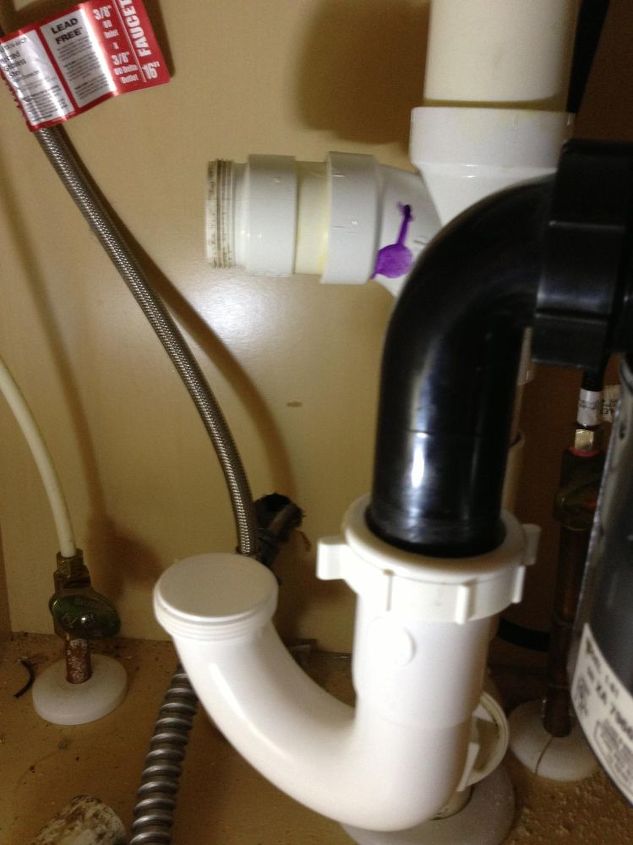
/how-to-install-a-sink-drain-2718789-hero-24e898006ed94c9593a2a268b57989a3.jpg)


























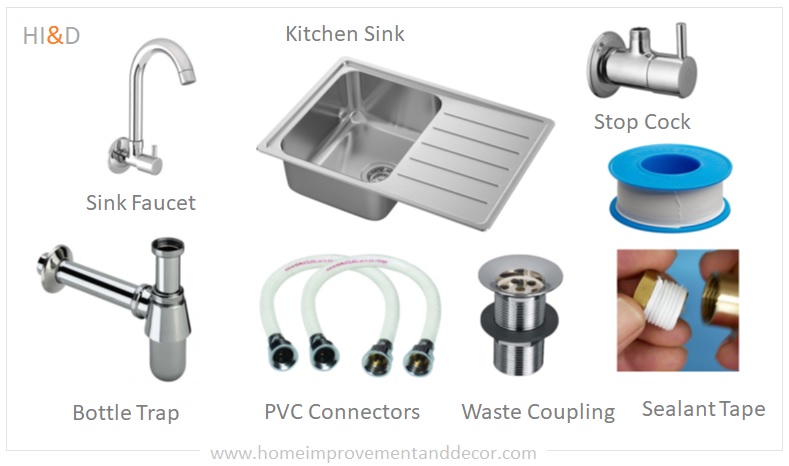








:max_bytes(150000):strip_icc()/how-to-install-a-sink-drain-2718789-hero-24e898006ed94c9593a2a268b57989a3.jpg)



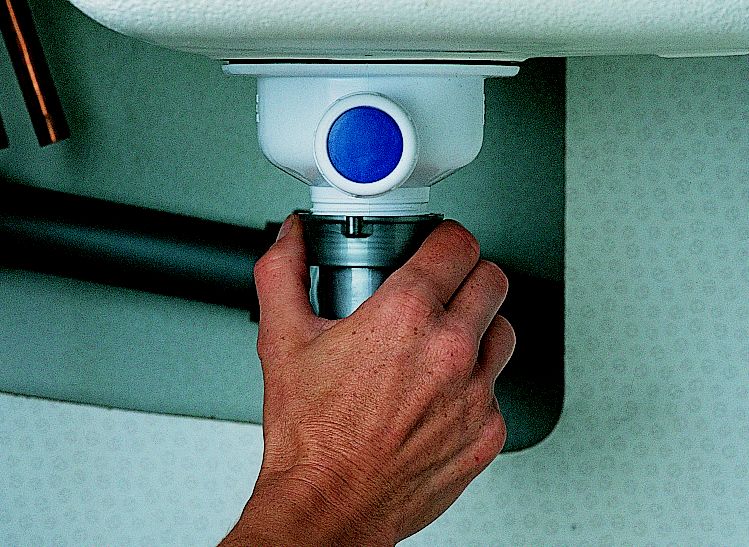



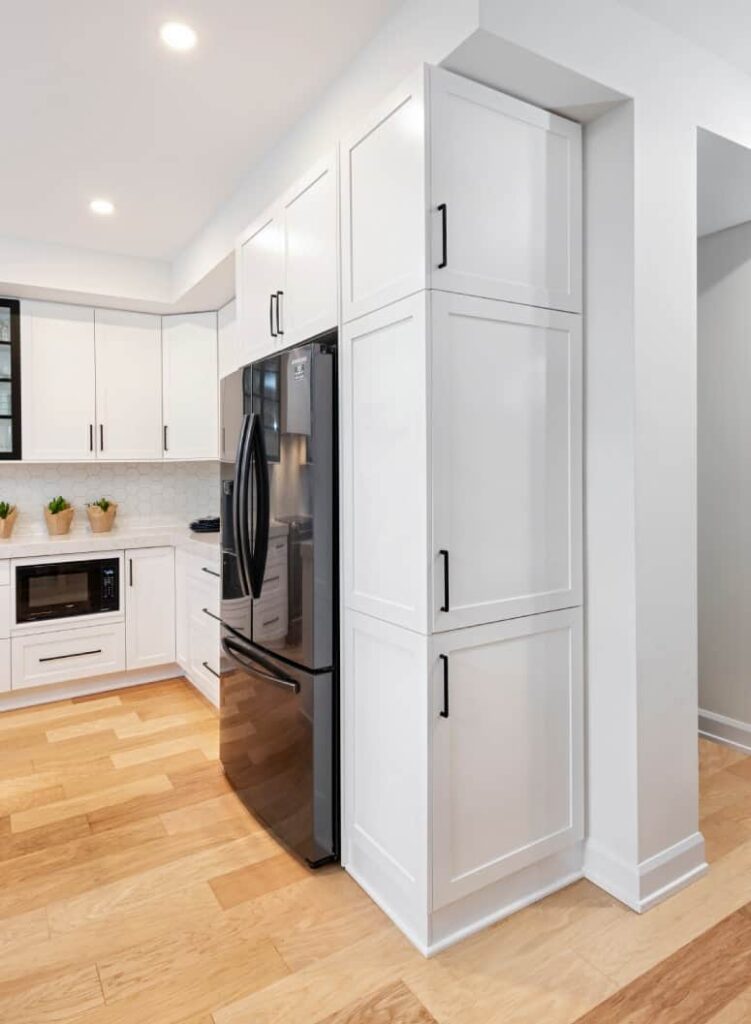
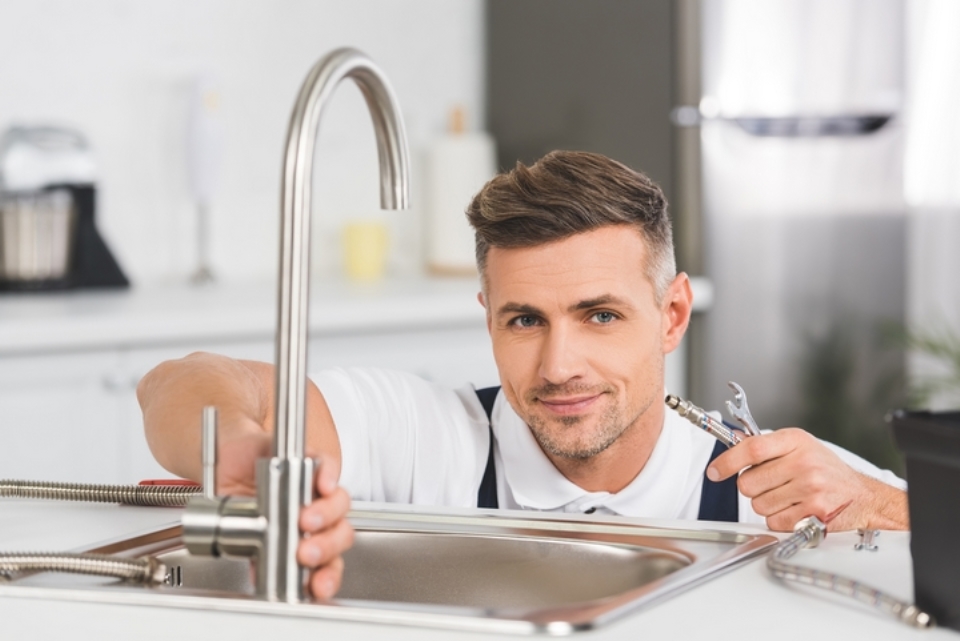





















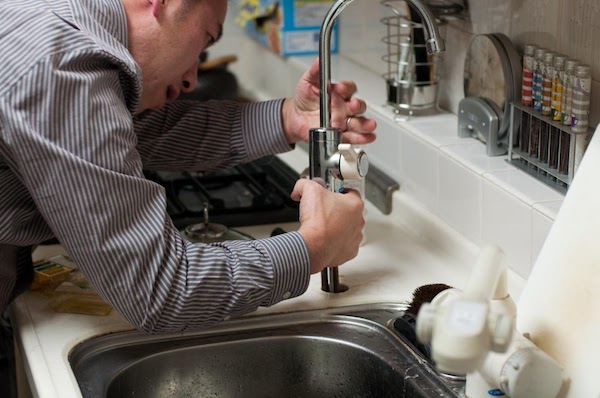
:no_upscale()/cdn.vox-cdn.com/uploads/chorus_asset/file/19495086/drain_0.jpg)

